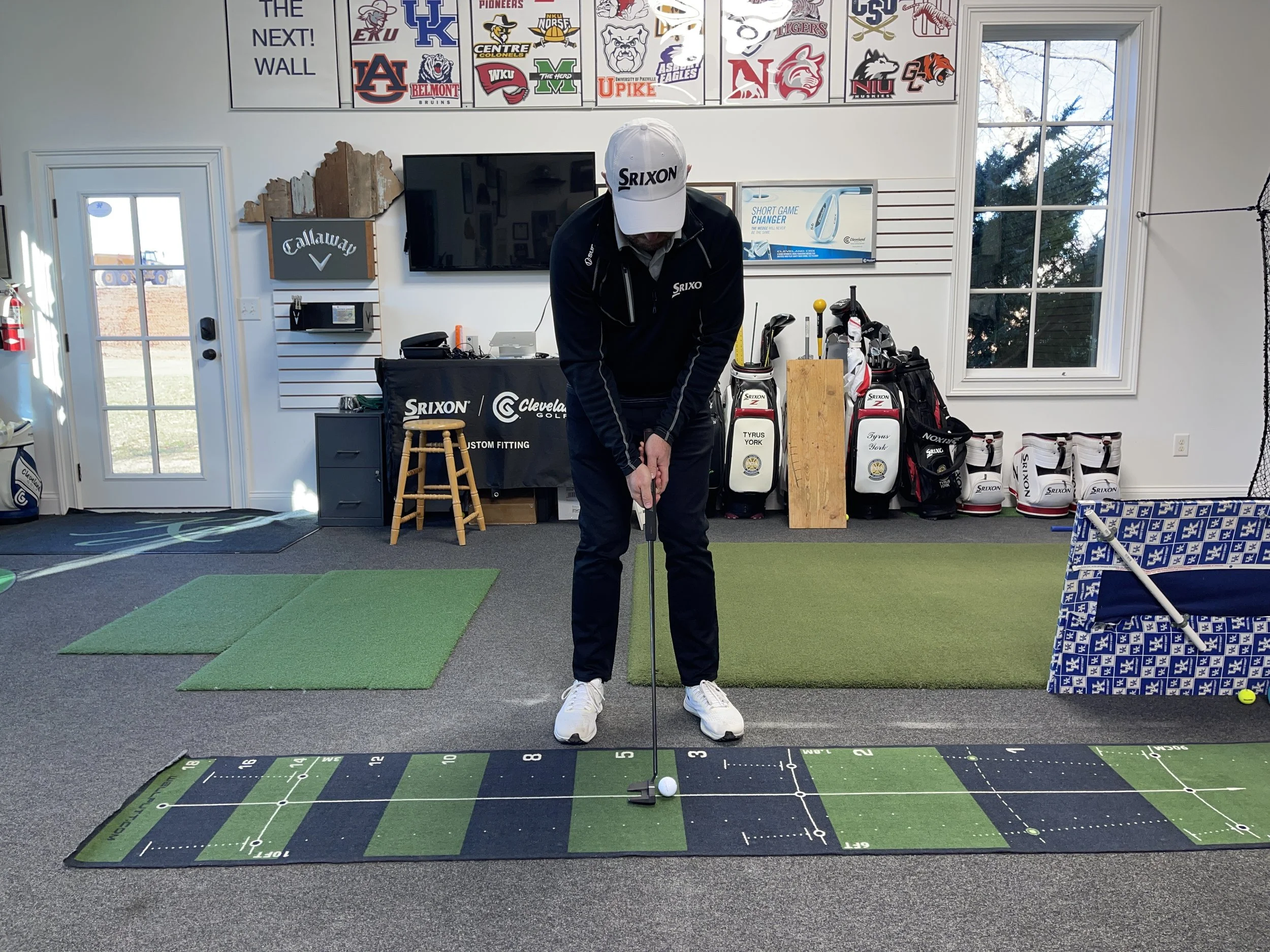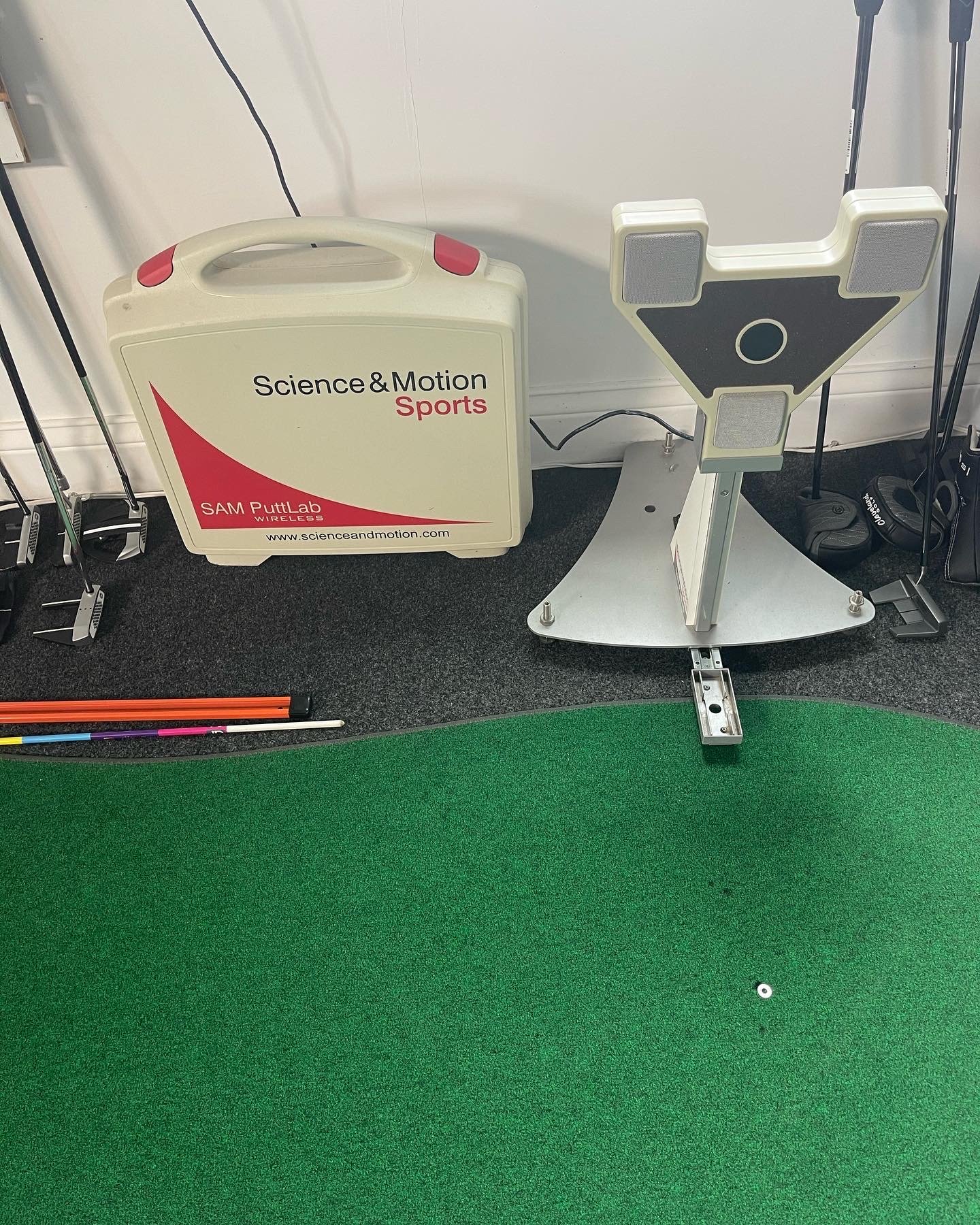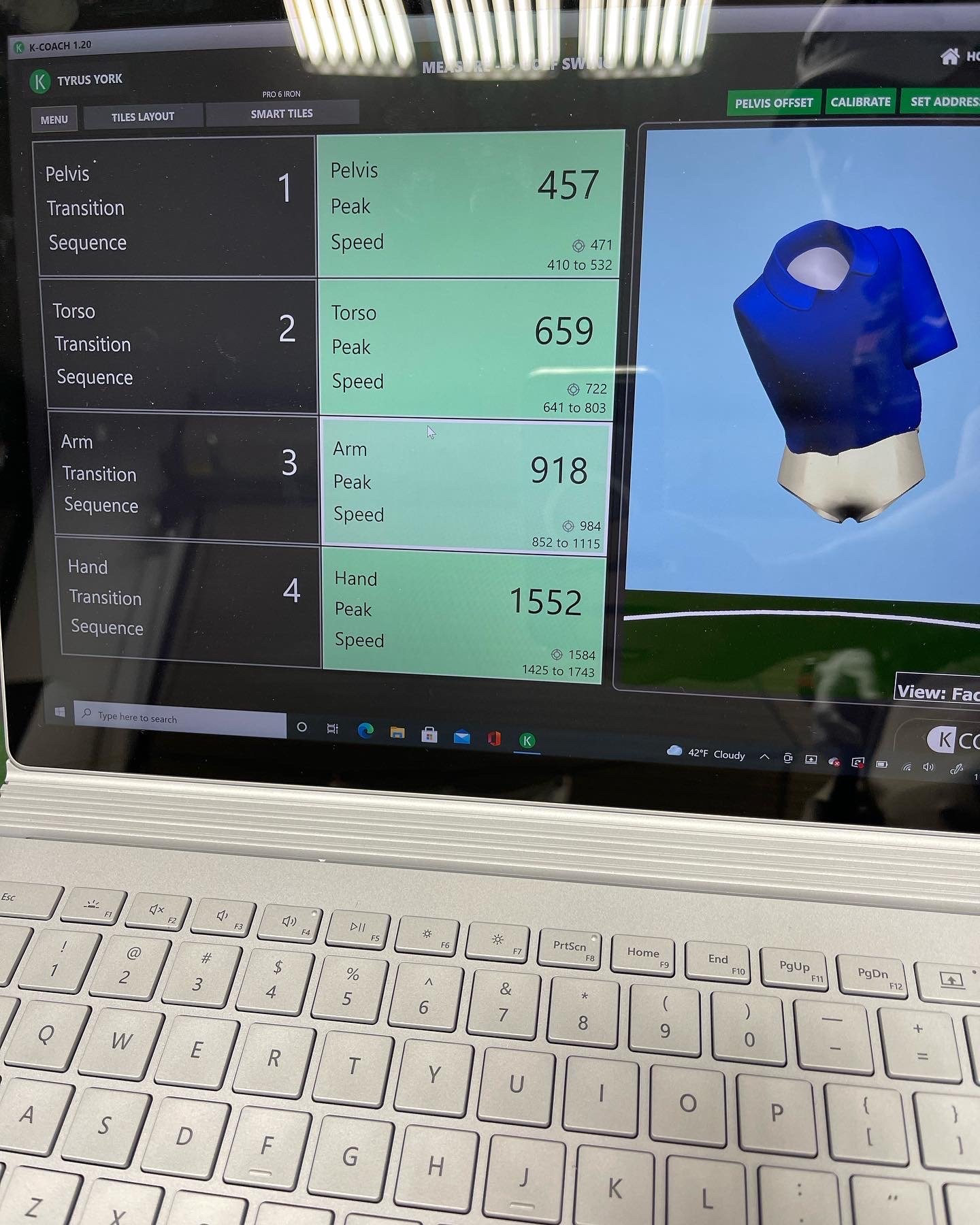When it comes to golf instruction, it is easy to fall into the trap of taking on too much information. The true value of a well qualified instructor is that they can help you, the player, sort through all pertinent information so that you can quickly get to work on what matters most in your golf game.
Putting is no different in that something that seems so simple in technique can actually paralyze the mind with too much information. That is why I try to adopt the message you see in the title of this post…
Read It, Roll It, and Hole It!
Taken from one of the best putting books I’ve read in a long time, Hole It! by John Dunnigan, embracing the simple slogan above is a great way to cut through the clutter and focus on what will matter most in your putting. Dunnigan accurately points out that there are only three skills required to be a good putter:
Skill of controlling your speed
Skill of ability to hit your line
Skill to read a green
Here at the High Performance Golf Academy, we’ve embraced the importance of those three skills. Notice how the skill of a certain putting stroke, or even the ability to aim is not listed above. Now… will your ability to accomplish the first two skills effectively be easier if you’re aiming at your target? Probably. But at the end of the day you only need to be good at the three skills above.
As an instructor I have dedicated a lot of time and resources in finding all the ways to help my players improve their putting. With tools like Sam Putt Lab, and now AimPoint Express for green reading, I feel that I am truly equipped to help golfers of all skill levels be their best on the greens.
In addition to the AimPoint Express clinics I am offering (check them out by clicking here), I offer what I’m calling a Putting Boot Camp for those that are serious about investing in improving all three of the skills listed above. The best part is that we will use one of the sessions to learn AimPoint Express, which you will quickly see is an amazing way to efficiently read greens.
PUTTING BOOT CAMP
Now with AimPoint Express!!
Are you sick and tired of being a bad or simply average putter? If so, Putting Boot Camp is designed for you to start making more putts than ever before. This 3 sessions in 3 weeks package is designed to utilize the latest technology and techniques available to quickly improve your putting.
Session #1 - Sam Putt Lab Stroke and Putter Evaluation
Session #2 - Sam Putt Lab Training and Drills
Sessions #3 - Green Reading w/ AimPoint Express
All sessions are 45 minutes and must be used within 3 weeks of your first session.
Cost is $375 and includes all sessions.
Click Here to schedule your first session and let’s get to work on improving the three skills you need to be a great putter!
Check out John Dunnigan’s Hole It! below…















